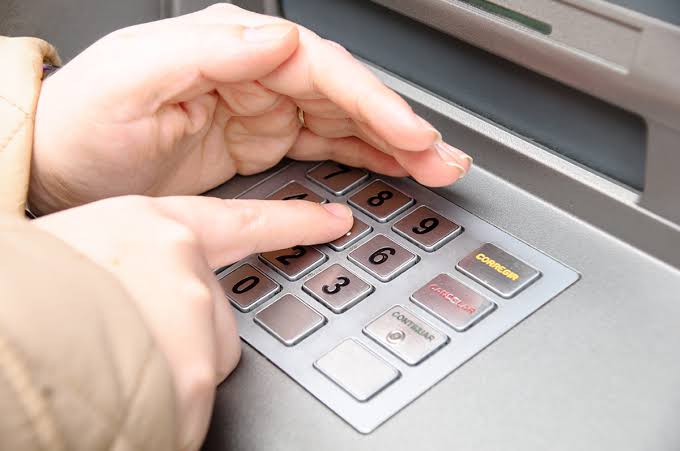A personal identification number (PIN) is a numerical code that verifies the identity of the user of a device or system. In most cases, it is used for electronic transactions through Automated Teller Machines, Point of Sales, debit cards, among others.
With the introduction of cashless policy which makes financial transactions easier and faster, the use of Automated Teller Machines (ATM), Point of Sales (POS) and other online payment channels has increased globally. This has also increased the number of victims of card fraud transactions through PIN number theft.
According to Federal Trade Commission, credit cards were used as a payment method in over 91,000 frauds in 2020.
With millions of people worldwide using different online payment channels every day, the risk of becoming a victim of “PIN number theft” has increased.
PIN number theft is a global problem of today’s digital age. Several cases of stolen PIN numbers are being reported almost on a daily basis and many people are wondering how the fraudsters were able to get the PIN numbers of innocent people.
According to Nilson report, over $28.5 billion was lost worldwide due to payment card fraud in 2020 and gross losses from card fraud transactions are expected to exceed $49 billion by 2030.
In order to avoid falling victim, we need to identify different ways by which criminals can get our PIN number and prevent them.
Common ways by which criminals get your PIN number:
1. You save your PIN number on your mobile phone, computer or email.
2. You ignorantly disclose your PIN number to people.
3. You don’t cover your fingers when typing your PIN number.
4. You ask people to assist you at ATM and POS terminals.
5. You are careless about any document that contains your personal or banking details.
6. You give your ATM card to people to help you to collect money.
7. When you write your PIN on a sheet of paper, misplace it and it gets to a wrong person.
8. You use your date of birth, your spouse or child’s date of birth or as your PIN.
9. You use a simple PIN number e.g. 0000, 1234, 2222 etc.
10. When you are not vigilant any time you are using the ATM or POS terminals.
11. You use a public Wi-Fi to connect your device to internet.
12. When a fraudster calls you and instructs you to send him a code he sent to you.
13. You visit a website that is created by cyber criminals to steal people’s personal information.
14. You click on suspicious links you see on your social media account or email.
15. When you download a file sent from a fraudster that pretends to be a trusted individual or organisation e.g. friends, family members, police, bank etc.
Rotimi Onadipe
CEO Onadipe Technologies,
Founder of Internet Safety Magazine.
Tel: +234-8169121819
Email: [email protected]





